Are you planning essential maintenance, repairs, or home improvements? For any work taking place at height, say, on the upper floors or the roof, you're probably going to need scaffolding. This is always necessary to ensure a safe working platform, whether you're hiring contractors or doing the work yourself.
But what are the chances of the scaffolding causing damage? This is a concern for many property owners, especially those with listed buildings or period properties. And whether the house is old or new, nobody wants their brick or stonework being scraped or chipped by big metal poles!
If you're worried about this, the Scaffold Crew is here to put your mind at ease. In this part of our specialist blog series, we're going to examine whether scaffolding damages walls or not, and we'll explore all of the issues surrounding this topic to give you a comprehensive answer.
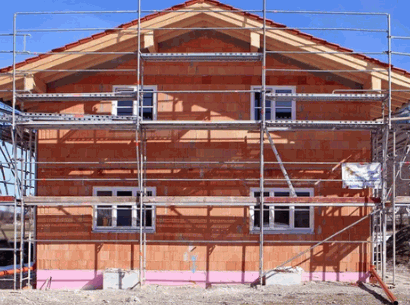
This is another way to ask the same question, but it approaches the problem from a slightly different angle.
Sadly, the answer is YES. Scaffolding can, and has, caused a lot of damage to various properties over the years.
But the key issue here is to look at why, which will help us answer our main question. In the majority of cases, the damage caused by scaffolding was due to a handful of underlying factors. And if we can ensure that these are addressed, then there's no reason why any scaffolding should cause the slightest damage to your property!
So, let's run through these points one by one...
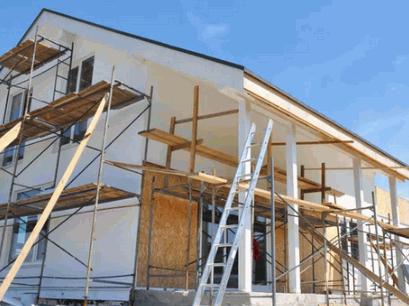
Scaffolding is designed to provide safe access for workers to areas that are otherwise difficult to reach. It plays a crucial role in ensuring that construction and maintenance tasks can be carried out efficiently and securely. However, improper installation or removal can lead to damage, posing significant risks to the structural integrity of the building. This damage can manifest in several ways:
Take a look: Do You Need Scaffolding To Replace Windows
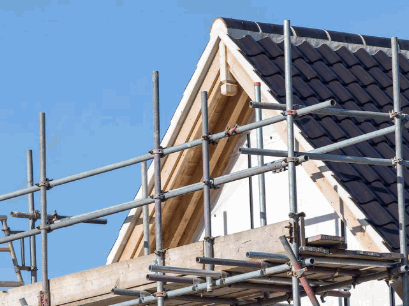
In some cases, scaffolding has to be fixed to the structure, and this is known as tied scaffolding.
The scaffold company must decide whether it's necessary, and this will depend on a range of factors.
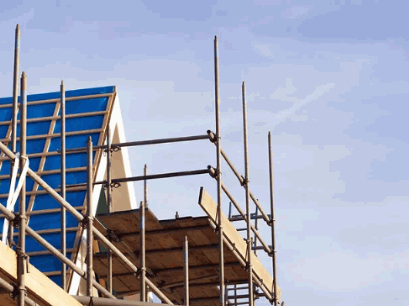
Tied scaffolding is a type of scaffolding system that is secured to the structure it is erected against to enhance stability and safety. This involves using ties, which are typically strong, secure fixings that connect the scaffold to the building or structure at various points. These ties help to anchor the scaffold, preventing it from swaying or collapsing under the weight of workers, materials, and equipment.
There are various methods of tying scaffolding to a structure, including:
The final option doesn't sound ideal, especially for heritage properties and listed buildings! However, when undertaken by professionals, it rarely leaves any lasting or visible damage. Even so, a reputable scaffolding firm will always find a suitable alternative when necessary (The National Trust, for example, generally requests that alternative methods be used).
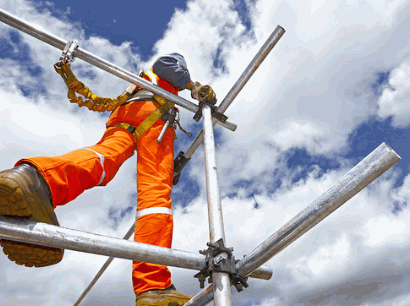
Tied scaffolding is not always used, as its necessity depends on several factors:
Any reputable scaffolding company will always take time to discuss the options and select the best scaffolding structure for the project.
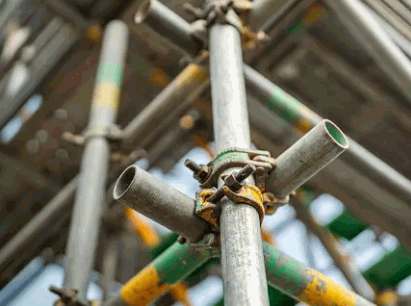
To minimise the risk of damage, it’s crucial to hire a professional scaffold company. Here are some steps you can take:
So much for avoiding damage, but what do you do if the worst happens? Here's some advice to consider...
Delve into: How Often Does Scaffolding Need To Be Inspected
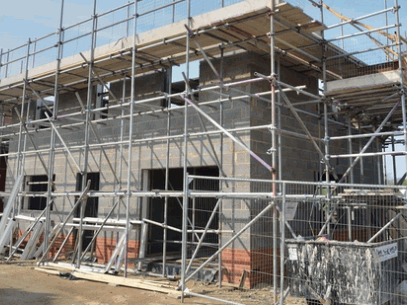
If you find that your walls have been damaged after scaffolding removal, there are steps you can take:
Uncover more: Is It Illegal To Work On A Roof Without Scaffolding
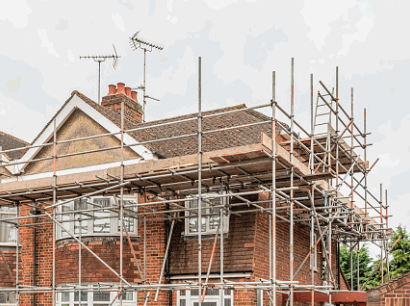
Long-Term Impact - Structural damage might not be immediately apparent. It is essential to monitor the affected areas over time and report any further issues to the scaffold company or your insurance provider.
Legal Cover - Including this as part of your home insurance can save you a lot of hassle and money in the long run. This additional protection ensures that you are not left with legal fees and complications on your own should any disputes arise regarding damage caused by scaffolding.
Neighbours Agreements - If scaffolding affects a neighbour’s property, have a written agreement in place detailing responsibilities and contacts. This agreement can clarify who is accountable for what, reducing the risk of disputes and fostering good relationships with your neighbours. Clear communication and documented agreements make life easier!
Explore further: Can A Neighbour Refuse Access For Scaffolding
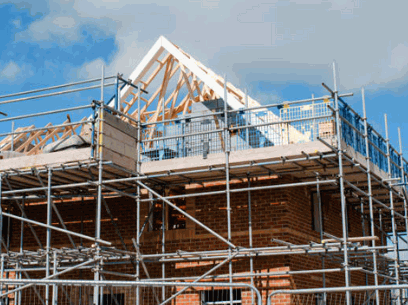
While scaffolding is an essential aspect of many construction and renovation projects, it does come with risks. However, by choosing a reputable, professional scaffolding contractor, ensuring proper procedures are followed, and having the right insurance, you can significantly minimise the risk of wall damage.
If damage does occur, prompt action and proper documentation can help resolve the issue effectively. Remember, the key is to be proactive and prepared to ensure that your property remains safe and intact throughout the process. Taking these steps not only protects your investment but also ensures a smoother, more secure construction experience.
Finally, when you need expert scaffolding advice or the right scaffolding for the job, get in touch with the Scaffold Crew, and we'll be happy to help!



